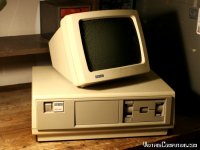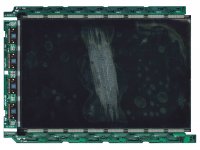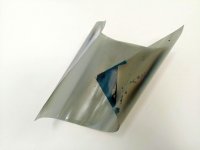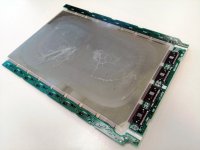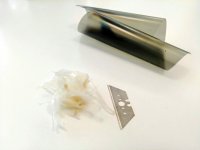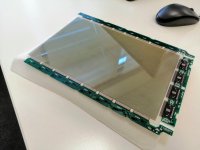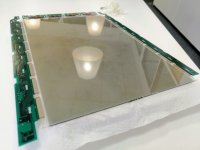techgeek
Active member
I would rather attribute it to the adhesive's aging. I thought about leaching, humidity and what not, but these can't explain most of my observations. In theory, it should have been the humidity, since the polarizers are usually made of polyvinyl alcohol, which is known to absorb water (because it has -OH groups sticking out of the practically linear polymer chains). But in our home the humidity is reduced to a minimum, so this can't explain it. The leaching is caused by the addition of phthalates, but I see no reason for adding phthalates to PVA films (they are usually added to PVC), since they are highly flexible on their own. Also the leaching doesn't require that long to occur (5-10 years will be more than enough). Also, the way the laptops are stored shouldn't matter much - I kept my PB 520c screen open on a shelf, because of the infamous hinge fragility. All others were stored in drawers. The other mystery is why none of my PC laptops are affected (yet)?!? My Lombard shows damage which appears to be under the glass, but this could be the second polarizer - It don't know. I am absolutely puzzled, because none of this points to a single reason. I could be a combination of many effects.From the LCD replacement hunt thread:
I'm wondering if plasticizer leaching within the close confines of a closed PowerBook over many years may be the culprit? If they're worried about the effects of leaching on drugs and foods for human consumption stored in containers within their expiration dates, multiple years of it concerns me. Dunno, but it seems to me it wouldn't take much to eat away at thin film plastics and adhesives? The variety of storage situations across environments and continents has made this my primary suspect.
As a chemist, hat do you make of that notion, techgeek?
Last edited by a moderator:

